Stories from the Field

CDC’s Public Health Emergency Preparedness (PHEP) cooperative agreement program is a critical source of funding, guidance, and technical assistance for state, local, tribal, and territorial public health departments to strengthen their public health preparedness capabilities. Since 9/11, the PHEP program has saved lives by building and maintaining a nationwide public health emergency management system that enables communities to rapidly respond to public health threats.
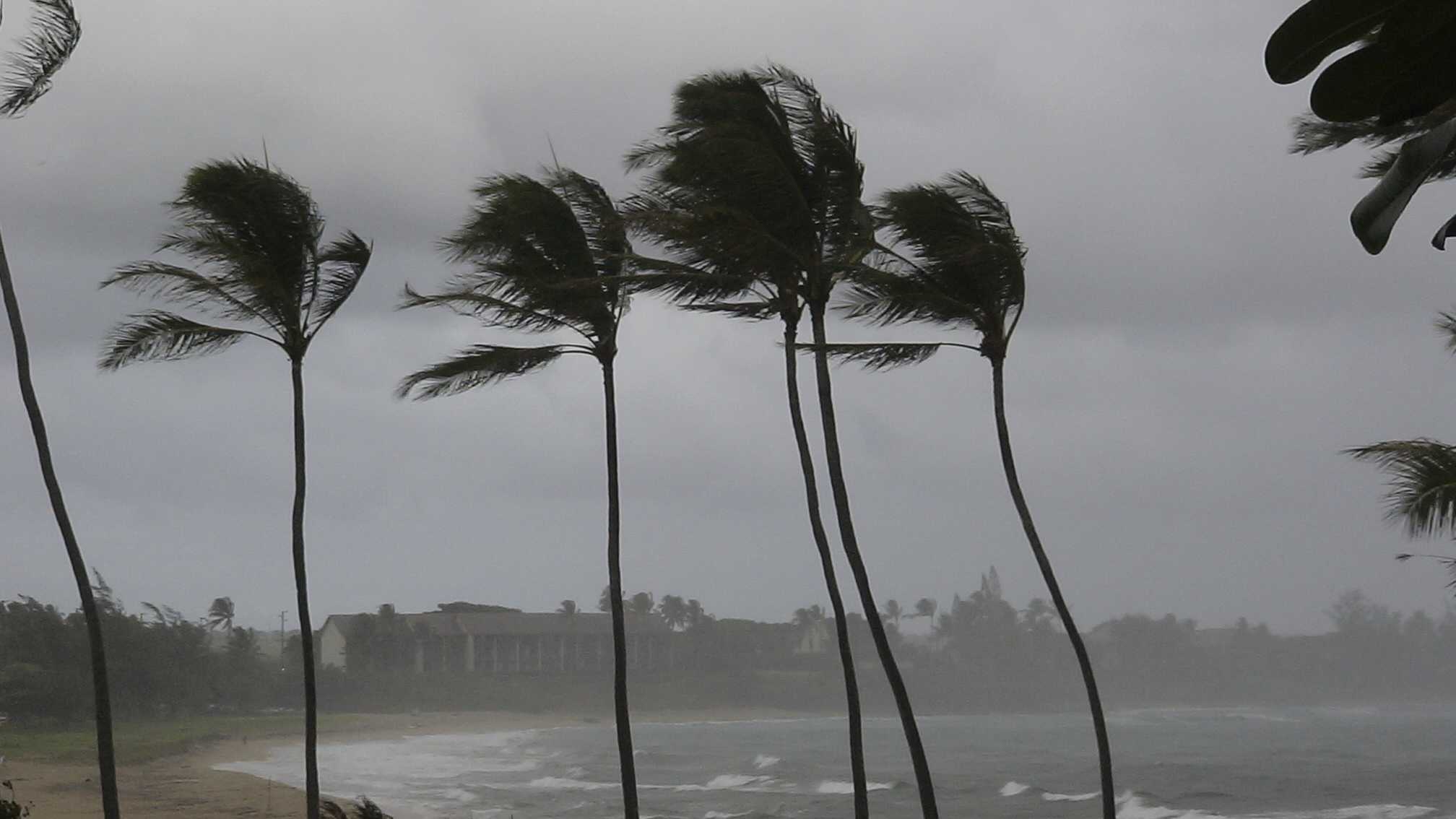
Regional Cooperation in Emergencies
In October 2016, Hurricane Matthew made landfall in Florida as a Category 2 storm. To assist in recovery, Florida used the Unified Planning Coalition, or UPC, a resource-sharing coalition among states in the southeastern region of the United States. After the storm, Florida was able to receive shelter support from nearby states days before what would have been possible without the UPC.
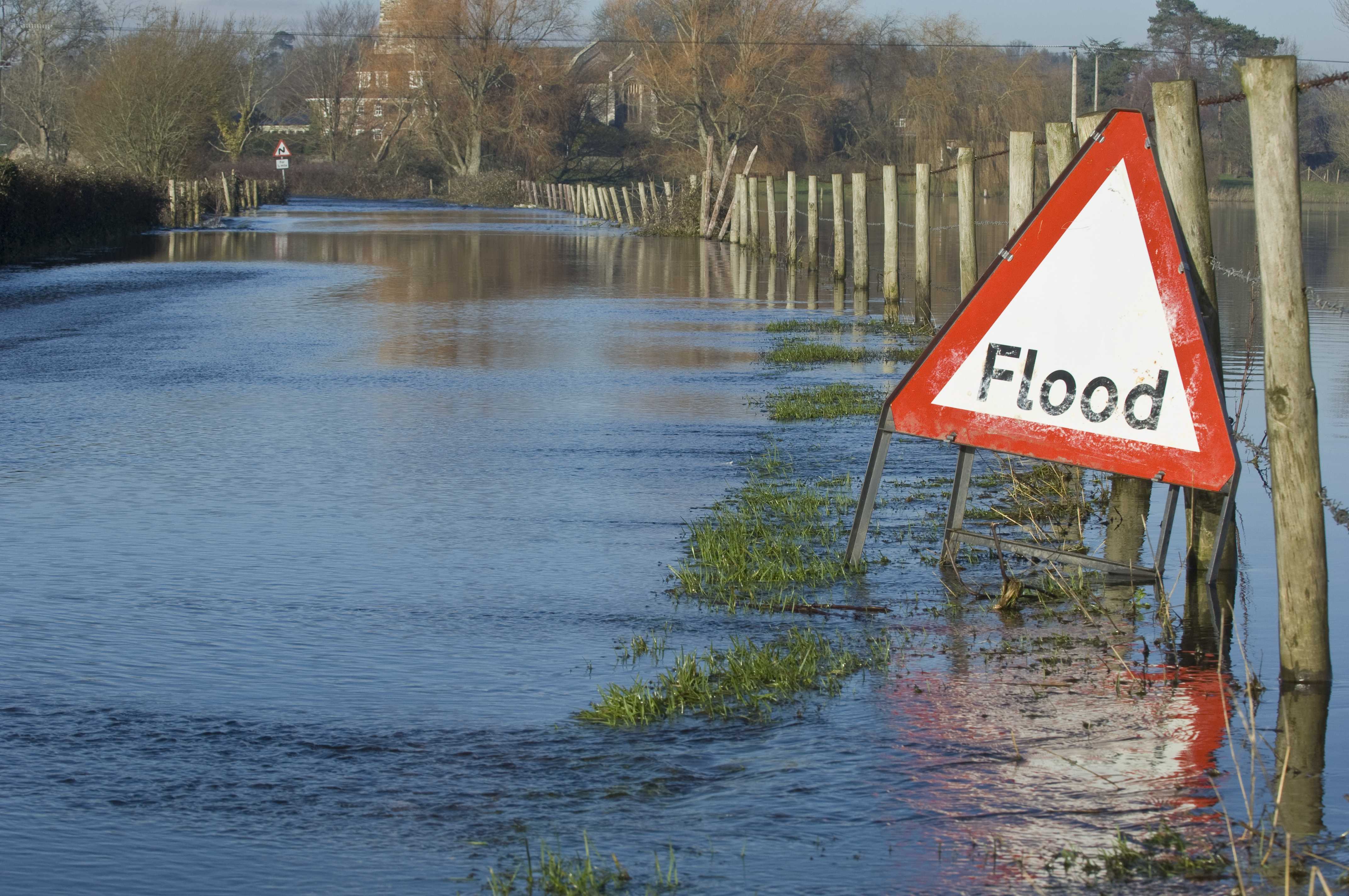
Catastrophic Flooding in Louisiana
In August 2016, a historic flood killed 13 people and left more than 100,000 people homeless in southeastern Louisiana. Because health department staff were personally affected by the flood, federal and state partners, as well as private citizens, were critical to the flood response.

Flooding In West Virginia
West Virginia is no stranger to floods. “It feels like we have a major flood every Tuesday,” said Jerry Rhodes, director of the West Virginia Bureau for Public Health Center for Threat Preparedness. However, this flood was different; by all accounts it was a catastrophe the state hasn’t seen the likes of in many years.

Flooding in Texas
In April and May of 2016, a record-setting 16.5 inches of rain caused the Brazos River in southeastern Texas to flood its banks, wreaking devastation on the surrounding counties. The floodwaters brought snakes, insects, and debris, killed six people, and led to more than 300 water rescues, hundreds of displaced persons, and the evacuation of two prisons.

Republican National Convention in Ohio
On July 18 -21, 2016, Cleveland, Ohio, hosted the Republican National Convention, seeing an influx of nearly 70,000 visitors to the area, including delegates from every state and territory. This event, like other large political gatherings, was considered a National Special Security Event, meaning that it was a potential target for terrorism or other criminal activity.

Surveillance Success in Oregon
In 2015, a foodborne outbreak associated with Chipotle Mexican Grill restaurants caused 13 cases of E.coli in Oregon, four of which required hospitalization. The same year, an outbreak of meningitis B at the University of Oregon resulted in seven cases and one fatality.

Ebola Response in GA
Georgia was particularly vulnerable to travel-related Ebola cases, both because it is home to CDC headquarters, which was continuously sending staff to assist with the outbreak in West Africa, and because the Atlanta Hartsfield-Jackson International Airport was one of five airports that received travelers from West Africa.
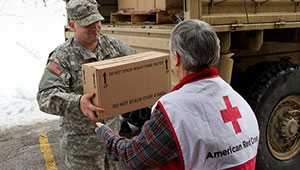
Caring for the Chronically Ill During Emergencies
During two winter storms in early 2015 and 2016, the Kentucky Department for Public Health was able to continue caring for vulnerable patients, because they had established state and local public health emergency expertise and had relationships in place with partners such as law enforcement and were able to work together to mitigate the health effects of life-threatening emergencies.

Alaska’s Sockeye Wildfire
In the summer of 2015, Alaska was affected by more than 300 statewide wildfires, burning more than five million acres, significantly larger than the 600,000 acres burned in a typical year. In response, the Alaska Department of Health and Social Services used PHEP-funded emergency management processes to support emergency shelters with equipment and mental health services for residents.
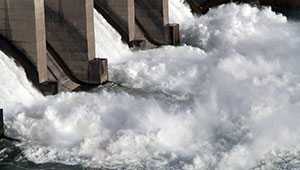
Caring for Chronically Ill Patients During Emergencies in North Dakota
Two separate incidents in North Dakota in 2013, the threat of a dam failure and a train collision, highlighted the need for a multi-incident care model, specifically in regard to residents with chronic health conditions. The North Dakota Department of Health worked with local partners and used PHEP funds to develop and implement these plans, thereby sustaining a system capable of rapidly distributing lifesaving medications and emergency medical supplies to the public.

Severe Tornados in Alabama
In 2011, Alabama responded to the largest emergency in state history—a severe weather outbreak with 62 confirmed tornadoes. Two hundred forty-seven people died, hundreds were injured, and thousands were left homeless in this disaster. The Alabama Department of Public Health used PHEP funds to open two medical needs shelters, provided public health nurses to support a local hospital, established a mobile pharmacy, and collaborated with partners to process more than 200 human remains.
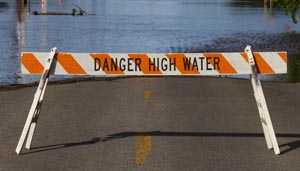
Extreme Flooding in Colorado
In September 2013, heavy rains caused extreme flooding in 18 counties in Colorado. The National Oceanic and Atmospheric Administration declared the event a 1,000-year rainfall event—1,882 structures were destroyed, and 16,000 other structures damaged, including multiple healthcare facilities in the affected counties.

Maryland Superstorm Sandy Response
When Superstorm Sandy struck the Mid-Atlantic region in 2012, Maryland was affected by both a rainstorm and a blizzard, causing power outages throughout Garrett County. Maryland’s Department of Health and Mental Hygiene was prepared, having worked with local partners to implement a public health emergency structure capable of leading public health responses..
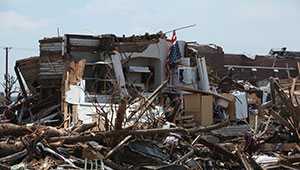
Tornado in Joplin, Missouri
On May 22, 2011, an EF-5 tornado carved a four-mile path through Joplin, MO. Two thousand buildings, including a major hospital, were damaged or destroyed. The Missouri Department of Health and Senior Services activated the PHEP-funded State Emergency Operations Center and Emergency Response Center to integrate public health into the emergency response and, in collaboration with its partners, lead and coordinate the public health and healthcare sectors.
- Page last reviewed: August 28, 2017
- Page last updated: August 28, 2017
- Content source:


 ShareCompartir
ShareCompartir

